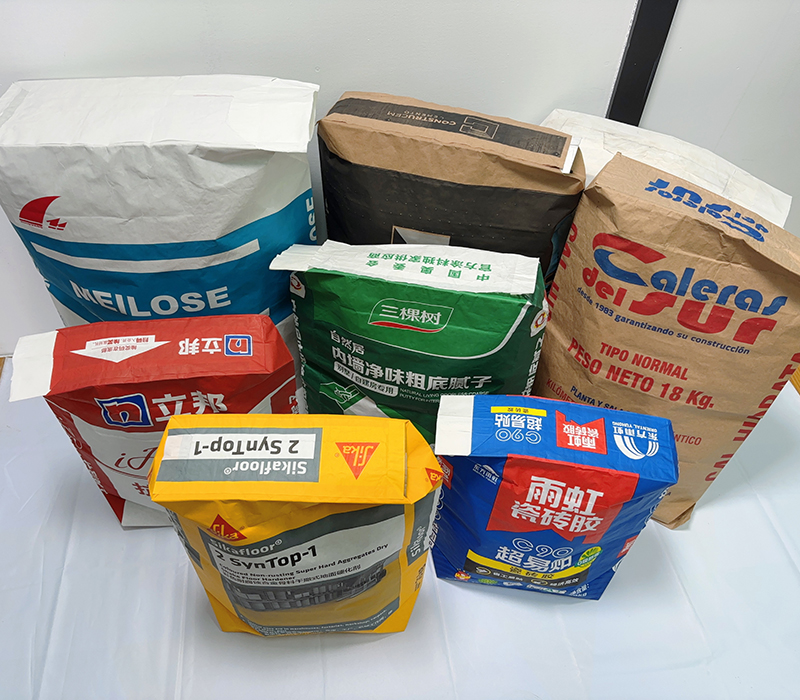What is the Raw Material for Paper Bags? A Guide to Sustainable Packaging Solutions
Release time:2025-05-05 Classification:Knowledge
Paper bags have become a popular eco-friendly alternative to plastic, but understanding their raw materials is key to appreciating their sustainability. The primary raw material for paper bags is wood pulp, derived from trees such as pine, spruce, or birch. These trees are processed into pulp through mechanical or chemical methods, which is then pressed and dried into paper sheets.

- Virgin Wood Fiber:
Most paper bags use virgin fibers from sustainably managed forests. These fibers are strong and ideal for creating durable, high-quality bags. Certifications like FSC (Forest Stewardship Council) ensure responsible forestry practices. - Recycled Paper:
Recycled paper is another critical raw material. Post-consumer waste, such as old newspapers or cardboard, is reprocessed into pulp. This reduces landfill waste and lowers the demand for virgin wood, making recycled paper bags a circular economy solution. - Alternative Fibers:
Innovations in sustainable packaging have introduced materials like agricultural residues (e.g., sugarcane bagasse, hemp, or cotton scraps). These fibers minimize reliance on traditional wood sources and repurpose waste into functional paper products.
The production process involves pulping, bleaching (optional), sheet formation, and cutting. Additives like starch or clay may enhance strength or printability. Crucially, paper bags are biodegradable and recyclable, aligning with global efforts to reduce plastic pollution.
By prioritizing responsibly sourced wood pulp, recycled content, or alternative fibers, manufacturers ensure paper bags remain a sustainable choice for consumers and businesses. Understanding these raw materials empowers informed decisions for eco-conscious packaging.






